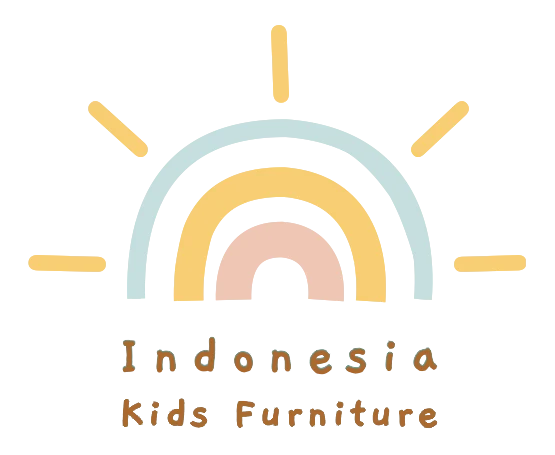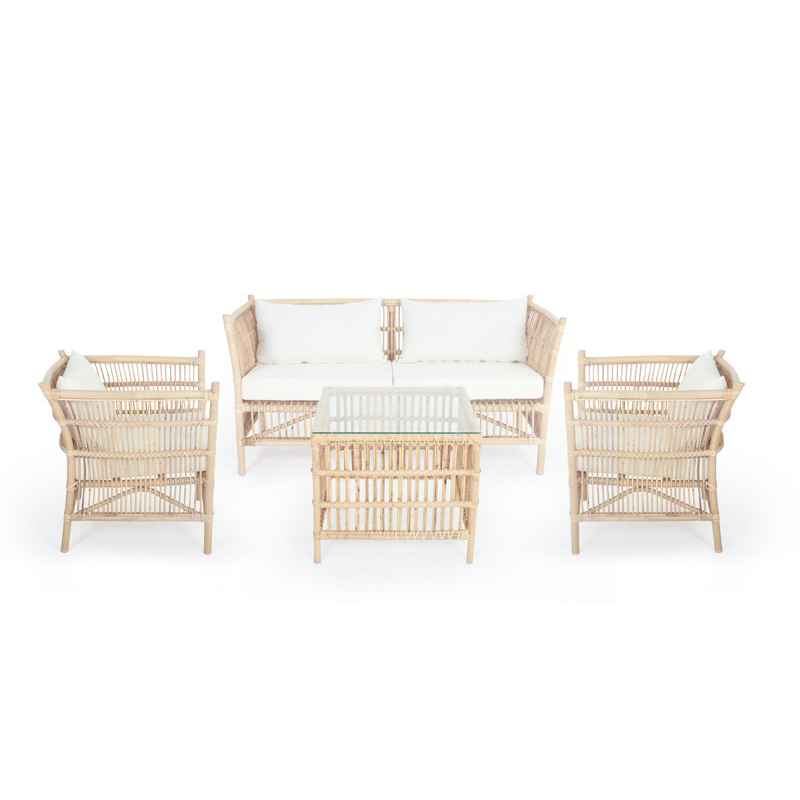Table of Contents
Indonesia has long been synonymous with high-quality rattan furniture, a legacy rooted in its abundant natural resources and skilled craftsmanship. As of 2025, the industry has reached new heights, driven by sustainability, innovative designs, and global demand. This article explores the materials used in Indonesian rattan furniture and how the sector has evolved to adapt to modern trends.
Understanding Rattan: A Natural Treasure
Rattan, a climbing palm native to tropical regions, thrives in Indonesia’s rainforests. The country is home to over 300 species of rattan, making it one of the world’s largest producers. The primary types of rattan used in furniture include:
- Kubu Rattan: Known for its natural gray tone, ideal for rustic designs.
- Taman Rattan: Popular for its flexibility and durability.
- Manau Rattan: Valued for its strength, often used in high-end furniture.
These materials are prized for their strength, light weight, and eco-friendliness. They are also highly versatile, capable of being woven, bent, and shaped into intricate designs.
The Growth of Rattan Furniture Industry
Sustainability Focus
By 2025, sustainability has become a cornerstone of the rattan furniture industry. With increased awareness of deforestation and environmental impact, Indonesian manufacturers have adopted responsible harvesting practices. Initiatives like the “Rattan for Life” program promote sustainable farming and ensure long-term viability for both the environment and local communities.
Technology and Innovation
The integration of modern technology has revolutionized rattan furniture production. Computer-aided design (CAD) and advanced machinery enable precision crafting, resulting in higher-quality products. Additionally, innovations in coatings and treatments have enhanced rattan’s resistance to weather and pests, expanding its appeal for outdoor use.
Design Trends
Contemporary rattan furniture combines traditional weaving techniques with modern aesthetics. Designers experiment with minimalist and bohemian styles, creating pieces that appeal to global markets. Functional innovations, such as modular rattan furniture, have also gained popularity, catering to urban consumers seeking space-saving solutions.
Global Demand and Exports
Indonesia’s rattan furniture exports have surged, particularly to the United States, Europe, and Asia. The global market’s preference for sustainable and artisanal products has positioned Indonesia as a leading supplier. By 2025, export values are projected to exceed USD 2 billion annually, supported by government initiatives and trade partnerships.
Challenges and Opportunities
Despite its success, the industry faces challenges such as competition from synthetic rattan and fluctuating raw material prices. However, these obstacles are met with resilience and innovation. The rise of e-commerce platforms has provided small-scale producers access to international markets, fostering inclusive growth.
The Future of Indonesian Rattan Furniture
Looking ahead, the future of Indonesian rattan furniture is bright. With its commitment to sustainability, craftsmanship, and innovation, the industry is poised to maintain its global leadership. Consumers worldwide will continue to appreciate the beauty, functionality, and eco-friendliness of Indonesian rattan furniture.
In conclusion, Indonesian rattan furniture in 2025 exemplifies a harmonious blend of tradition and modernity. As the industry evolves, it not only strengthens Indonesia’s position in the global market but also contributes to a sustainable future for generations to come.

